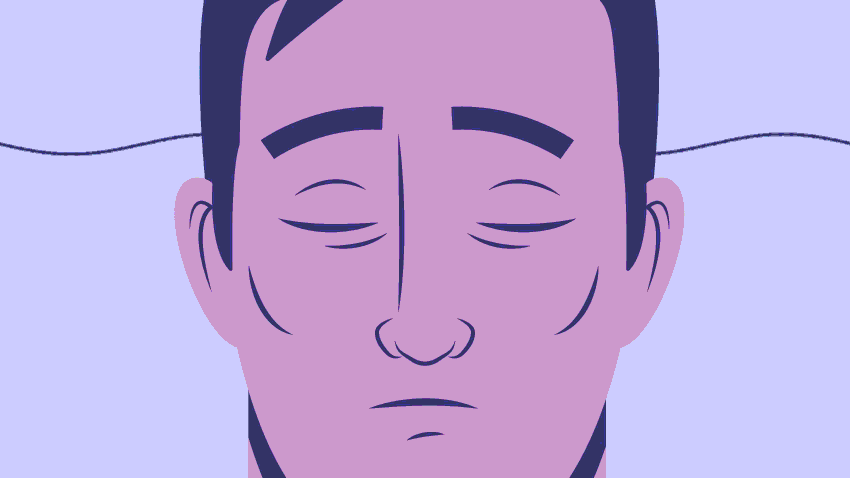Every person has the ability to listen and empathize with another person. A therapist, however, is a trained provider (MD Psychiatrist with training in Psychology, PHD or PsyD Psychologist, Social Worker, Marriage and Family Therapist MFT to name a few). They help the patient identify the ‘blind spots’ or the hidden layers within the subconscious or unconscious mind.

The blind spot or unconscious mind refers to experiences, feelings or thoughts the patient might be unaware of. One of the most important tools in a psychotherapist’s arsenal is the ability to see the world through the patient’s eyes. As the patient’s life story unfolds, the therapist listens, understands and deciphers the patient’s psychological and emotional architecture. The trauma history of the patient will have a beginning, middle, and end. As the patient’s story unfolds, the therapist establishes a clearer view of the details, characters and meaning of their life experience. This requires a deep level of empathy, allowing the therapist to understand the patient’s perspective and connect with the patient’s emotions.
It’s like the therapist is sitting with the patient, on a bench, in the patient’s heart and mind. As the patient recites their life story, plights and triumphs. As the patient unravels their story, the therapist sees the patient’s life through the patient’s eyes. This is how the therapist is able to evaluate what is going on in the patient’s unconscious and conscious mind. This helps the therapist form an unconscious vision about the patient. Then the therapist sifts through the different layers of the patient’s story and formulates a therapeutic plan tailored for the patient.

In Dr. Datta’s practice, he has formulated an effective Meditation and EMDR exercise which is customized for the patient. Dr. Datta is able to derive from the patient’s psychotherapy, what the patient is having difficulty letting go and change for the better. Within this Meditation technique, the therapist and patient work together to create visualization techniques (like fighters and athletes do) and words of affirmation that are unique to the patient’s specific difficulties or triumphs in life, thus it resonates specifically with each patient.
These visualization exercises and words of affirmation help reframe negative thinking and teach the patient to derive the silver lining from a difficult experience. It helps the patient differentiate the positive lessons from the negative lessons and not live under the emotional burden of the negative experience. Only a therapist who is well versed in understanding both the patient’s swagger, whimsy and unconscious core beliefs can utilize the patient’s psychology.
These visualization exercises and words of affirmation help reframe negative thinking and teach the patient to extract the silver lining from an unfavorable experience. It helps the patient differentiate the positive lessons from the negative lessons and not live under the weight or burden of the negative experience. Only a therapist who is well versed in understanding both the patient’s whimsy and unconscious core beliefs can utilize the patient’s psychology and emotionality to synthesize visualization techniques and meditations to help the patient change their behavior for the better. The psychotherapist is both the objective friend and confidant who doesn’t drag their own trauma and biases into seeing both the conscious and the unconscious mind. Thus, the unconscious vision is an ability the psychotherapist should have in order to help the patient unravel and remedy their troubling thoughts and feelings of the patient.

